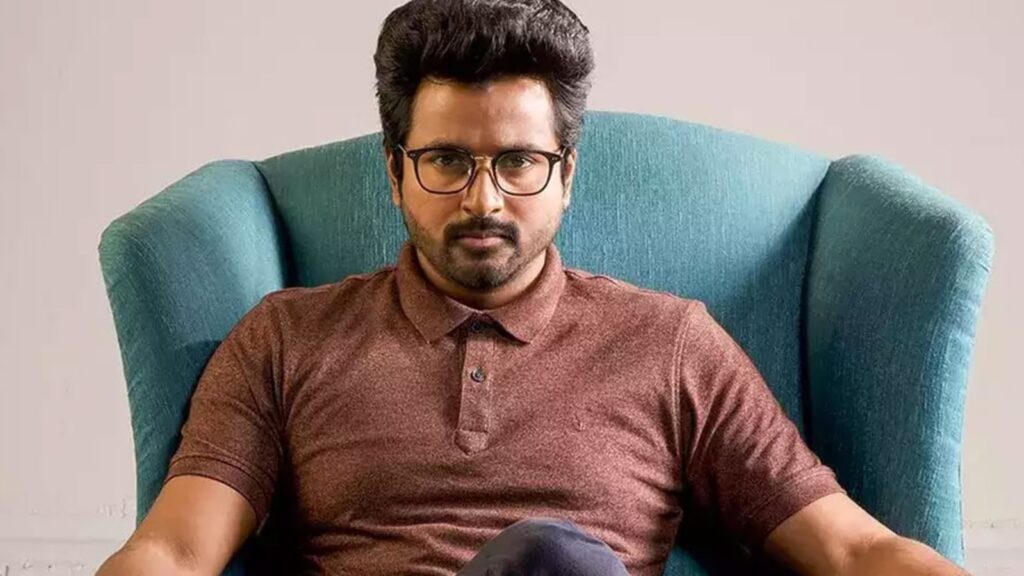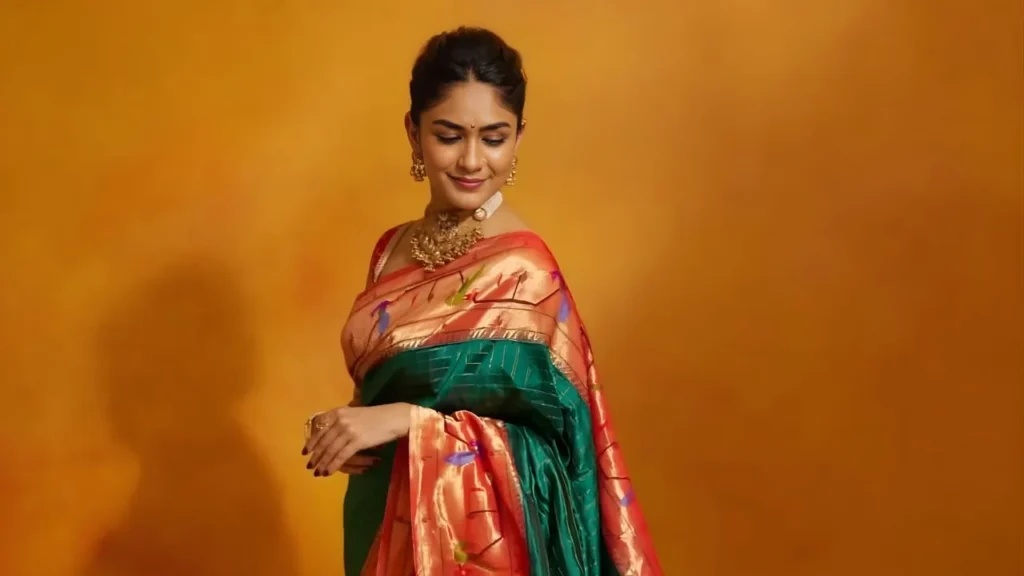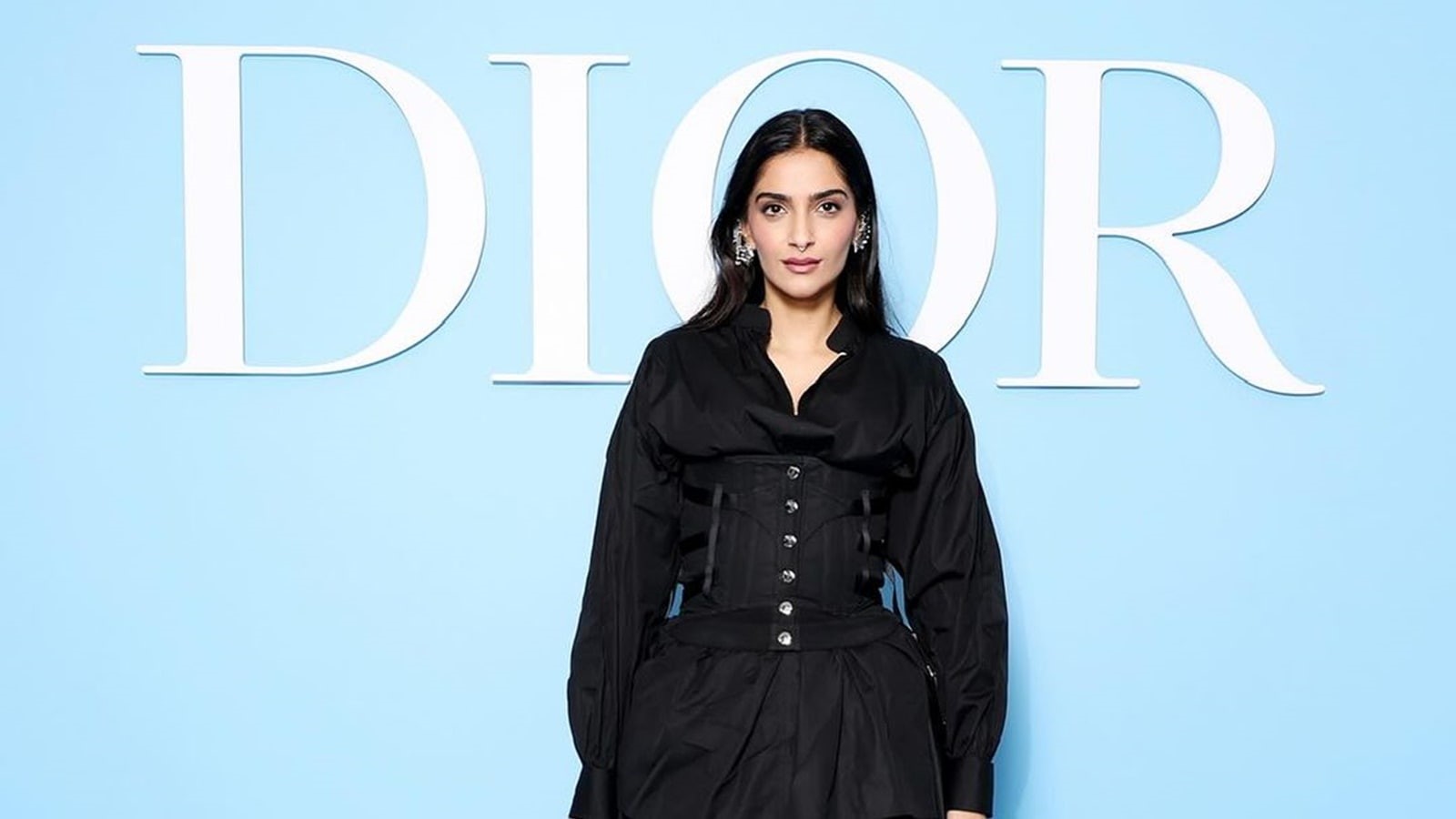Divine Design: Why a Leading Plastic Surgeon Says Hrithik Roshan and Wamiqa Gabbi Have the Most Perfect Faces!
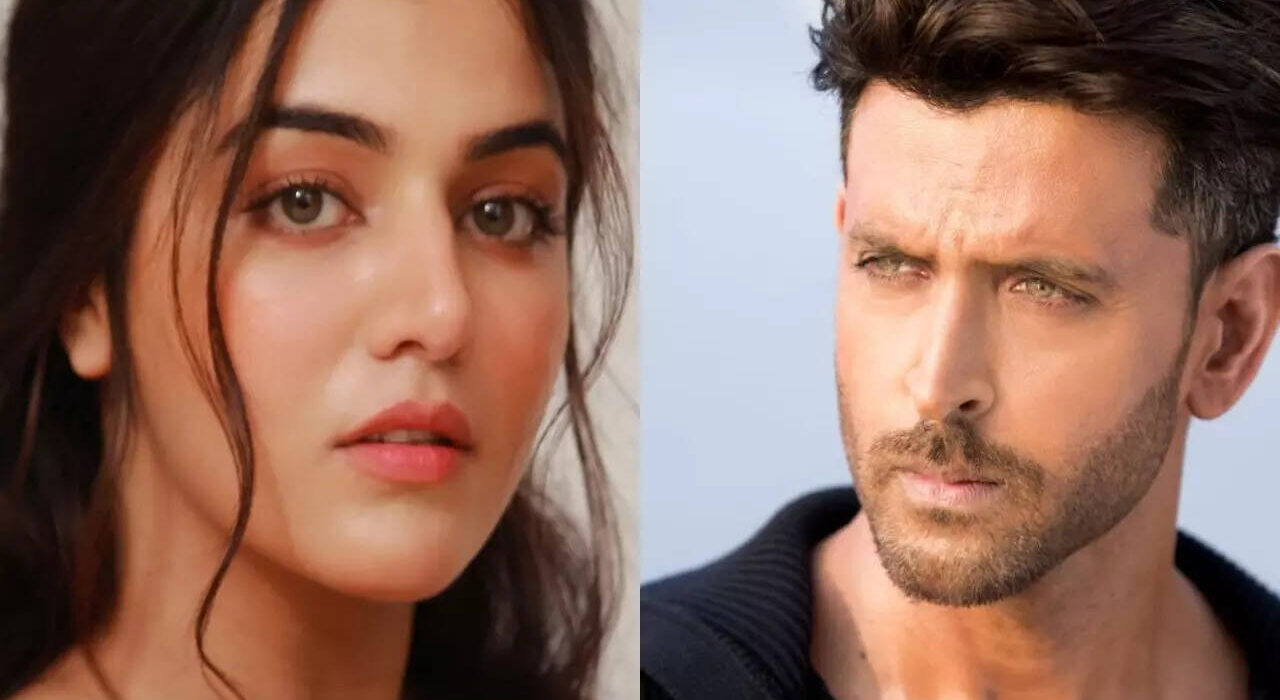
In an age where aesthetic procedures and cosmetic enhancements are increasingly normalized—even celebrated—a rare commendation for natural beauty has reignited the conversation around facial symmetry, proportion, and God-given aesthetics. In a now-viral interview, Dr. Sumit Malhotra, a leading plastic and reconstructive surgeon at Apollo Medics Super Speciality Hospital, Lucknow, named Hrithik Roshan and Wamiqa Gabbi as the two Indian celebrities who, in his expert opinion, possess the most naturally ideal facial structures.
Speaking on the Talk With Manavendra podcast, Dr. Malhotra made an emphatic and somewhat poetic statement: “If they come to us [for surgery], we would just fold our hands. There is nothing to be done. It’s just God’s grace on them.”
This declaration has drawn widespread attention not only from fans and media outlets but also from the broader beauty, medical, and entertainment communities. The surgeon’s words carry weight, given his years of experience in facial reconstruction and cosmetic procedures. More than just flattery, his observation opens up an important cultural dialogue about the nature of beauty, the limits of surgical enhancement, and the rarity of naturally harmonious features.

The Anatomy of Beauty: What Makes Their Faces So Exceptional?
In the field of aesthetic surgery, the parameters that define a “perfect” face are remarkably specific. Surgeons and beauty experts often refer to principles such as the Golden Ratio (approximately 1.618:1), facial symmetry, feature proportion, and the rule of thirds (forehead, midface, jawline should be in equal vertical proportions). Against these standards, both Hrithik Roshan and Wamiqa Gabbi reportedly excel.
Hrithik Roshan: The Masculine Ideal
Hrithik Roshan has long been regarded as one of the most handsome actors in Indian cinema. With his piercing green eyes, high cheekbones, square jawline, and symmetrical facial features, Hrithik exemplifies the textbook definition of classical male beauty. His bone structure provides both strength and elegance—traits that are difficult to emulate surgically.
Dr. Malhotra specifically noted that Hrithik’s features are architecturally harmonious. His forehead, nose, and chin fall into the perfect ratio. Moreover, the width between his eyes and the definition around his jawline offer balance that even the most experienced surgeons would hesitate to alter.
Wamiqa Gabbi: The Feminine Standard
Wamiqa Gabbi, best known for her work across Hindi, Tamil, Telugu, and Punjabi cinema, is a rising star with a face that has now gained scientific approval. Dr. Malhotra remarked that she comes closest to the ideal feminine facial structure, describing her face as a rare case of “natural perfection.”
She has a heart-shaped face—wider at the forehead, tapering gently toward the chin—with full cheeks and a soft jawline. Her symmetry, skin tone, eye spacing, and lip volume align with what many surgeons consider aesthetically ideal.
Wamiqa responded to the surgeon’s comment on Instagram with grace and humor, writing: “My self-esteem is doing a little bhangra right now,” and updating her bio to include “surgeon-approved face.”
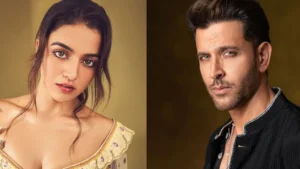
Beyond Beauty: Cultural and Psychological Significance
Dr. Malhotra’s comments underscore more than physical aesthetics—they touch on how society values natural beauty in a world saturated with cosmetic modification.
Surgical Ethics and Restraint
For a plastic surgeon to publicly advise against surgery for two high-profile individuals is notable. It reflects a professional standard of ethical restraint, where enhancement is not offered unless truly necessary. In essence, it is a celebration of restraint in a profession that is often seen as profit-driven.
This also sends an important message to younger generations: Not all beauty needs to be manufactured. Natural features, when maintained with care, can be as impactful—if not more—than cosmetically altered ones.
Shifting Beauty Standards
In Bollywood and across global cinema, the pressure to conform to idealized beauty norms has led many actors to pursue everything from nose reshaping to jawline contouring. In this context, the validation of Hrithik and Wamiqa’s unaltered beauty is refreshing. It suggests a gradual return to authenticity and self-acceptance, where natural features are not just accepted but revered.
Mental Health and Self-Image
Comments from figures of authority, especially in aesthetic medicine, can have a profound impact on public perception. Wamiqa’s joyful response to Dr. Malhotra’s comments demonstrates the confidence boost that such affirmations can provide, especially for women in a field where appearance is constantly under scrutiny. It also emphasizes the potential of expert voices to promote positive self-image, rather than feeding insecurities.
Implications for the Entertainment Industry
Beauty as Brand Equity
In the entertainment business, physical appearance is not merely a personal attribute—it’s part of an actor’s brand. For Hrithik, his appearance has been a key factor in his commercial success. Wamiqa, now breaking into mainstream Bollywood after years of regional acclaim, may find that this unexpected recognition enhances her profile with casting directors and beauty brands alike.
Industry insiders suggest that this kind of affirmation may lead to increased endorsement deals, particularly in skincare, fashion, and wellness. In a market obsessed with idealized beauty, being called “surgeon-approved” could very well become a powerful PR tagline.
Redefining Aspirations
This public praise could influence other celebrities to embrace their natural features and resist unnecessary enhancement. It may even contribute to a broader trend in which directors and producers begin casting not just for conventional good looks but for authentic charisma, unaltered beauty, and natural presence.
Science and Spirituality: A Rare Intersection
Dr. Malhotra’s words—”just God’s grace on them”—suggest a reverence for nature’s work that goes beyond clinical observation. Coming from someone trained to modify physical appearances, this acknowledgement of divine craftsmanship is both profound and rare. It places Hrithik Roshan and Wamiqa Gabbi in a unique category—not just as attractive individuals, but as examples of nature’s perfect design, untainted by cosmetic correction.
This sentiment also serves as a reminder: not all beauty needs enhancement. Sometimes, the best work is the original work.
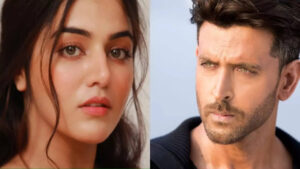
Conclusion: Celebrating the Unaltered Face
In a digital age ruled by filters, AI-generated beauty standards, and increasing accessibility to cosmetic procedures, Dr. Sumit Malhotra’s recognition of Hrithik Roshan and Wamiqa Gabbi’s natural perfection feels revolutionary. It reaffirms the enduring value of symmetry, proportion, and authenticity—qualities that cannot be faked or manufactured.
By placing these two actors on a pedestal for their natural facial structures, the surgeon has not only sparked admiration but also initiated a much-needed cultural conversation. It’s a call to honor what is already there, to resist unnecessary enhancement, and to trust in the artistry of nature.
In doing so, we are reminded that true beauty may lie not in perfection, but in balance, authenticity, and grace.






